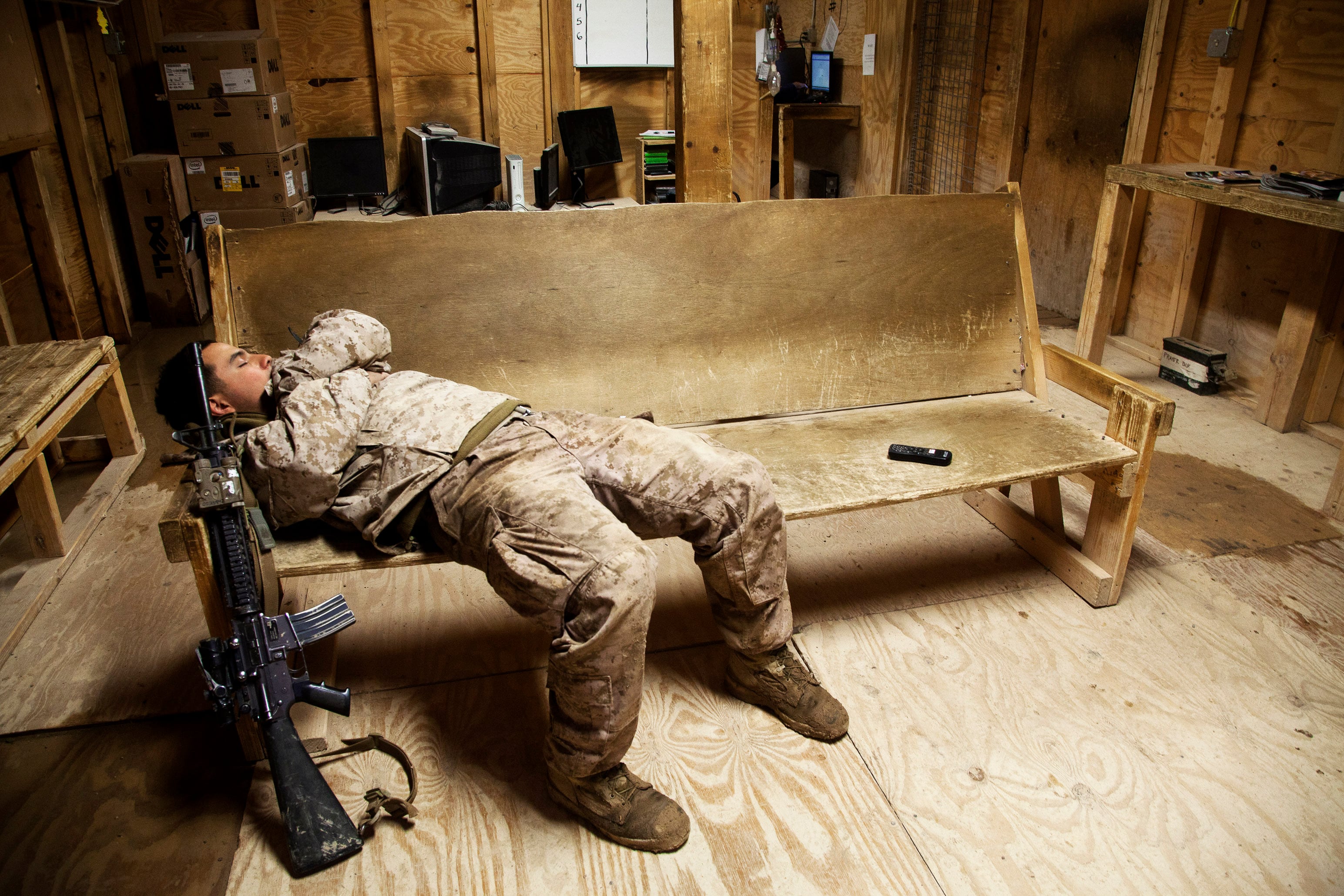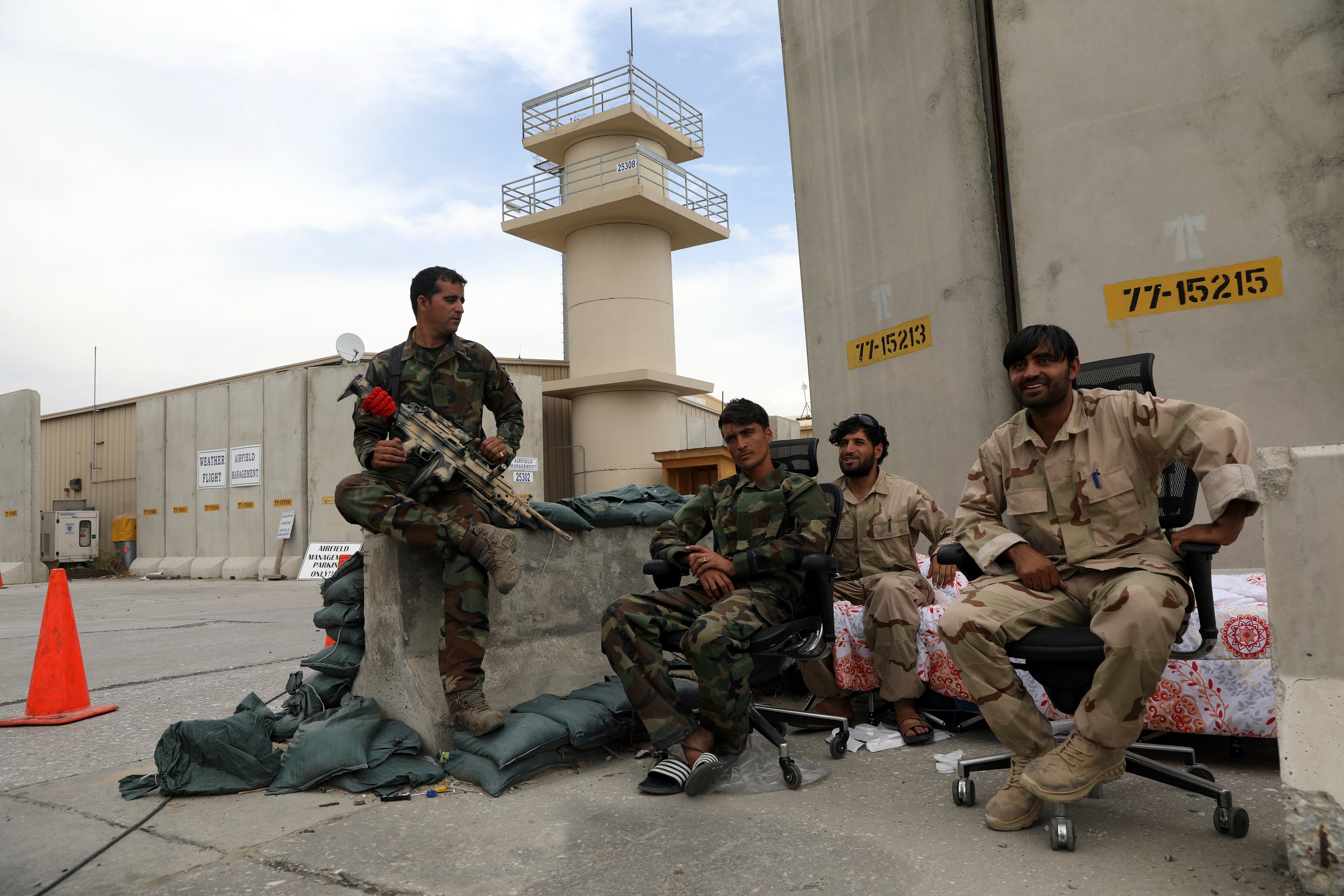The special inspector general for Afghanistan reconstruction ripped apart the government’s handling of two decades of operations in Afghanistan on Thursday, pointing to shifting goal posts and unrealistic timelines as key reasons why the U.S. withdrawal is yielding Taliban gains against ineffective Afghan security forces.
The most recent SIGAR quarterly report, released Thursday, tells the same story it’s been telling all along, John Sopko told reporters at Defense Writers Group event.
“You know, you really shouldn’t be surprised if you’ve been reading our reports for at least the nine years ... that I’ve been there,” he said. “We’ve been highlighting problems with our train, advise and assist mission with the Afghan military.”
In the wake of the Biden administration’s May announcement that all troops and contractors would be out by the end of August, public backlash has ranged from disappointment at the war’s “failure” to lamentations that the U.S. is withdrawing before the job has been finished.
The issue, Sopko said, is that “the job” has had many faces since fall 2001. What started as a mission to dismantle the Taliban government that allowed al-Qaida to train in Afghanistan morphed into a nation-building exercise, an effort to beat back numerous insurgent groups and strengthen a central Afghan government and military that would eventually fend for itself.
That effort was more involved than the Marshall Plan, Sopko said, the U.S.-led program to rebuild Europe after World War II.
Whether Afghanistan’s government holds up after the U.S. withdrawal will eventually play out, but when the senior-most American national security officials talk about the reasons for the drawdown, they pin it to one goal: Afghanistan is not currently a place where a terrorist group can plan and train for an attack on the United States. Ergo, mission accomplished.
Sopko quipped that military leadership on the ground “turned the corner” so many times that they’ve been going in circles for years, and it appears the U.S. has settled back into its original goal in Afghanistan.
“Every time we took a look at the assessment tools, our U.S. military would change the goal posts and say, ‘Oh no, no, that’s not the test you want to do,’ to raising serious questions about the sustainability of all this high-tech hardware we gave them,” he said. “And to the real serious problem, that we focused on the more urgent warfighting and not looking at the what I call the ‘long tail,’ the whole issue of logistics.”
RELATED

Army Gen. Mark Milley, chairman of the Joint Chiefs of Staff, told reporters in July that the Afghan National Defense Security Forces have the “capability” to keep the Taliban at bay. But whether they have the know-how and the wherewithal is another issue.
For example, Sopko mentioned that many conventional Afghan National Army units refuse to do basic tasks like route clearance or checkpoint security without the help of the country’s very small special forces contingent, therefore wasting their capacity and burning them out at the same time.
But whenever U.S. leadership in Afghanistan was asked to show progress, he said, they changed the metrics.
“And every time we went in, the U.S. military changed the goal posts, and made it easier to show success. And then finally, when they couldn’t even do that, they classified the assessment tool,” he said. “So, they knew how bad the Afghan military was. And if you had a clearance, you could find out, but the average American, the average taxpayer, the average congressman, the average person working in the embassy wouldn’t know how bad it was.”
The Afghan air force is an example of a success story, Sopko said, because their pilots are competent and they are able to fly their own combat missions. But they rely on contracted maintenance because there has not been a similar effort to train up mechanics.
“Our own Air Force told us, as we have reported time and again, you can’t turn somebody into a UH-60 pilot overnight, or a level one or level two or level three mechanic overnight,” he said. “These take months, and that is one of the serious problems we raised with not only the ANDSF train, advise and assist, but overall with reconstruction.”
A culture of wishful thinking set the ANDSF up for failure.
“We’ve highlighted time and again: we have unrealistic timelines for all of our work, and that is what now is causing the problems you see with the military,” Sopko added.
Whether the national security establishment learns anything from the last 20 years remains to be seen, though Sopko did make a plug for the SIGAR’s soon-to-be released Afghanistan lessons learned report as a resource.
“...what you see in Afghanistan is the is evidence of problems of our own government,” Sopko said. “You know, we have a lousy [human resources] system ... we have a lousy procurement system in place. And, you know, we have ... a lousy way of hiring people. You need the best people for the job, and firing the bad people. And we have a lousy way for planning, and we also have a lousy way of collecting lessons or observations for major actions like we did in Afghanistan.”
Sopko is not, he said, optimistic that the national security establishment will internalize those lessons.
“Don’t believe what you’re told by the generals or the ambassadors or people in the administration saying we’re never going to do this again,” he said. “That’s exactly what we said after Vietnam: we’re never going to do this again. Lo and behold, we did Iraq. And we did Afghanistan. We will do this again.”
Meghann Myers is the Pentagon bureau chief at Military Times. She covers operations, policy, personnel, leadership and other issues affecting service members.




